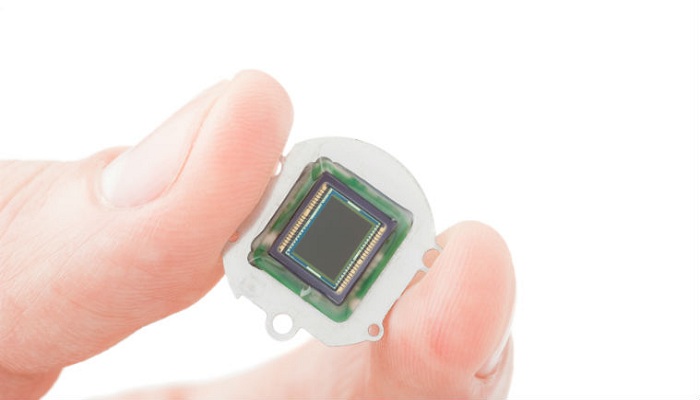
Scientists have developed a new paper-based sensor that can quickly detect excess dose of a drug often misused in sexual assaults, robberies and for recreational purposes, an advance that may help solve such crimes faster.
Diazepam, used to treat depression and anxiety, is extensively used in cases of homicide or suicides, drug overdoses or drug-facilitated sexual assault, crime and robbery, said researchers who published their findings in the journal Analytica Chimica Acta.
“Analysis of the exposure of drug is very costly and resource intensive because of the use of sophisticated instrumental techniques,” Jagriti Narang, assistant professor at Amity University in Noida told PTI. “Hence, the idea popped up to develop a sensor which, if miniaturised, can help these laboratories solve the mystery behind related deaths,” Narang said.
“Driven by the necessity to detect diazepam, we report a novel, simple, portable, disposable, rapid inexpensive microfluidic paper-based analytical device to detect diazepam,” she said. Researchers, including those from Jamia Millia Islamia in New Delhi and Maharshi Dayanand University in Rohtak, Haryana, fabricated the sensor by depositing silica-coated gold nanorods on paper.
They then tested its efficiency to detect the drug in urine samples. “The paper chip is connected to an instrument which shows current signals. Reading these signals can tell us the extent of the drug intake,” said Narang. “Conventionally the drug is detected using gas chromatography-mass spectrophotometer. These techniques are time consuming and expensive,” she said.
“Our approach was to use paper electrodes which not only reduces the time but also makes the sensor cheaper,” she added. This will be a great platform for forensic laboratories, researchers said.

Post Your Comments